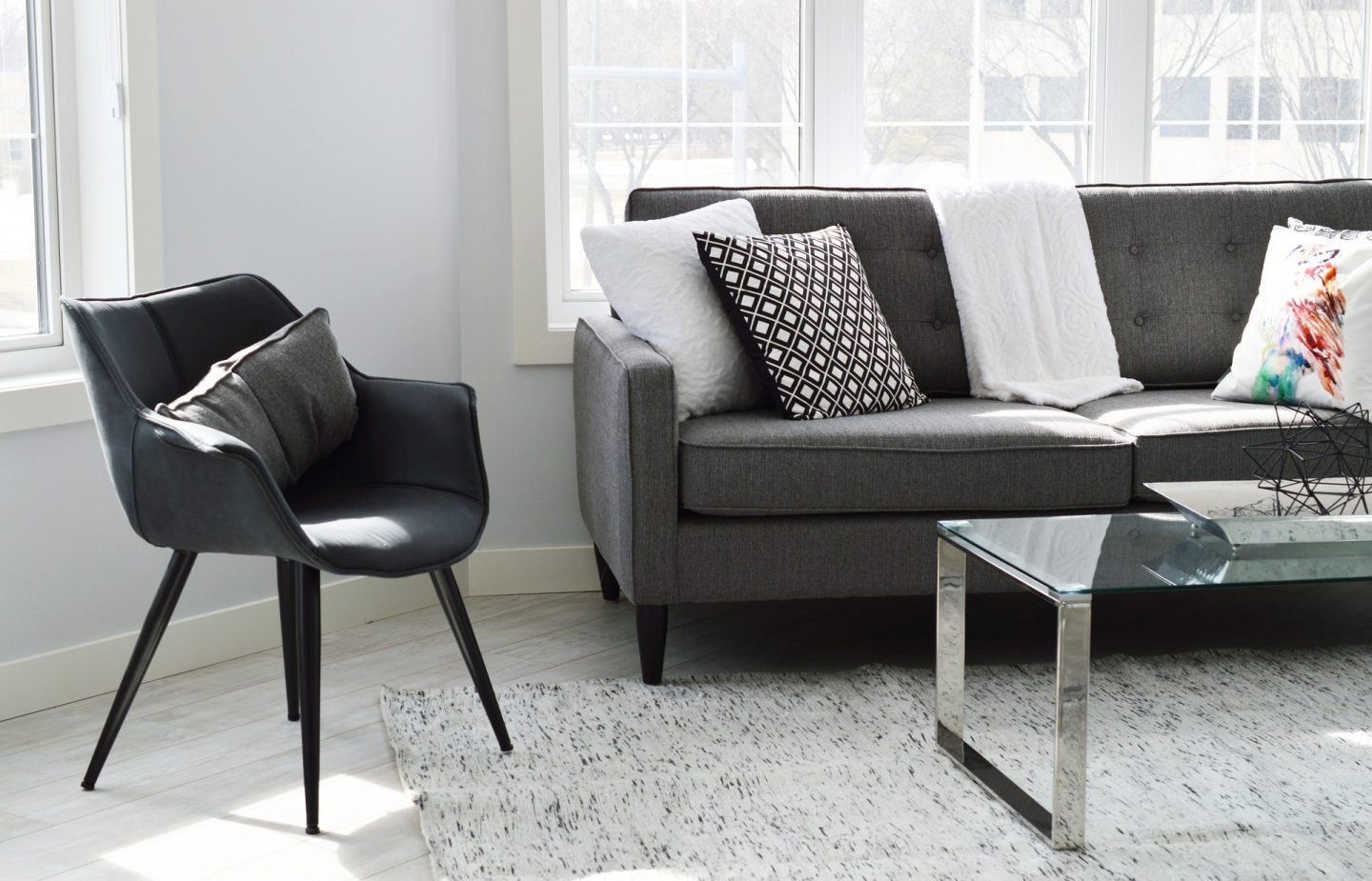
The furniture pieces that you buy for your home are an investment in comfort, aesthetics, and functionality. They shape your daily experiences and contribute to the long-term ambiance of your living spaces. Considering the important role that furnishings have in your home, it’s sensible to ensure that your investment aligns with your expectations and to do everything that you can to avoid the pitfalls associated with low-quality furniture. Beyond their affordability, subpar furniture pieces typically leave consumers dissatisfied because of the following reasons:
They Are Typically Flimsy and Short-Lived
Choosing low-quality furniture typically means spending your money on pieces that are constructed with substandard materials and craftsmanship. The use of poor-quality materials and the lack of attention dedicated to the piece during the manufacturing process can significantly impact the durability and longevity of the furniture. Instead of enjoying long-lasting pieces that withstand the test of time, you may find yourself dealing with premature wear and tear.
Furniture pieces that exhibit superior quality simply tend to last much longer. Spending your money on a well-built metal or hardwood bed frame for sale, for instance, typically means that it will be many years before you have to worry about creaking or other issues that warrant repair.
The Lack of Attention to Detail Can Lead to an Unappealing Look
Your furniture plays a crucial role in shaping the overall aesthetics and appeal of your living space. Low-quality furniture often lacks the attention to detail and design elements that contribute to a visually pleasing environment. Over time, these pieces may deteriorate in appearance, negatively impacting the ambiance of your home.
By choosing higher-quality furniture, you’re not just investing in functional items but also enhancing the visual appeal of your space. In this sense, by making quality a priority, you’re ensuring that your furniture pieces remain a source of satisfaction and pride.
They Often Fail to Offer a Comfortable Fit
Comfort is a key consideration when it comes to furniture, especially for items like sofas, chairs, and mattresses. Unfortunately, low-quality furniture pieces typically compromise on proper ergonomics and comfort features, which can lead to discomfort and cause dissatisfaction among users. In contrast, quality pieces are designed with attention to comfort, providing the necessary support and ergonomic features to enhance your overall satisfaction.
They Are Likely to Cause Health and Safety Issues
Building on the previous point, you should know that there’s also a chance that purchasing low-quality furniture can compromise your health and safety. This is because poor-quality materials and construction methods can contribute to indoor air pollution.
This is a particular concern if the furniture is made with toxic or allergenic substances. Additionally, structural weaknesses in low-quality furniture pose safety risks, increasing the likelihood of accidents and injuries.

They Have a High Environmental Impact
Because they tend to cause discomfort to users and are prone to incurring damage despite proper use, poor-quality furniture pieces tend to get discarded or replaced more frequently. Choosing low-quality furniture, then, presents a high environmental burden. In contrast, opting to buy higher-quality, durable furniture aligns with environmentally conscious practices.
By investing in items that last longer, you reduce the environmental impact associated with the disposal and production of furniture, thus allowing you to contribute to a more sustainable approach to consumption.
They Tend to Cost More Over Time
While low-quality furniture may seem like a budget-friendly choice initially, the cost of frequent replacements and repairs can quickly add up. Investing in higher-quality furniture might involve a larger upfront expense, but it’s a more cost-effective option in the long run. On top of providing better value for your money by lasting longer, quality pieces can also save you from the continuous expenses associated with constantly replacing or fixing low-quality furniture.
How to Check the Quality of the Furniture You Want to Buy
If you’re keen on investing in high-quality furniture pieces, here are tips that will help you find exactly what you are looking for when shopping online or checking out physical furniture shops.
Inspect the Material
The first step in evaluating a piece of furniture is to thoroughly inspect the materials used in its construction. High-quality furniture often incorporates solid wood, metal, or durable synthetic materials. Avoid pieces made from low-quality particleboard or flimsy materials that may compromise the longevity and structural integrity of the furniture.
Assess the Construction
The construction of furniture is a key determinant of its overall quality. Take the time to assess the construction and joinery by focusing on sturdy joints, well-constructed frames, and reinforced corners. Look for details such as dowel joints and dovetail or mortise-and-tenon connections, which are indicative of superior craftsmanship.
Test for Comfort and Ergonomics
To guarantee your satisfaction with a furniture purchase, it’s crucial to test for comfort and ergonomics. Whether it’s a sofa, chair, or mattress, spend time sitting or lying on the furniture to assess the level of comfort it provides. Quality seating should offer proper support, and mattresses should exhibit adequate firmness. Pay attention to the feel of the furniture, ensuring that it aligns with your preferences for comfort and functionality.
Check Its Moving Components
If the furniture includes moving components such as drawers, doors, or adjustable features, thoroughly check their functionality. Well-made furniture pieces have smooth-gliding drawers on proper tracks and doors that open and close seamlessly. Test any moving parts to ensure they operate effortlessly without sticking, wobbling, or exhibiting signs of wear.

Read the Warranty and Return Policies
Before finalizing your purchase, take the time to read and understand the warranty and return policies associated with the furniture. A comprehensive warranty indicates the manufacturer’s confidence in the product’s durability and can provide you with recourse in the event of issues. Familiarize yourself with the return policies as well to ensure that you have options in case the furniture does not meet your expectations.
Look for Certifications and Standards
When shopping for high-quality furniture, look for ones with certifications that prove that they adhere to industry standards. For example, wood products with certifications such as FSC (Forest Stewardship Council) received such a mark because they were made using sustainable and responsibly sourced materials.
Each piece of furniture that you choose for your home serves not only an aesthetic purpose but plays a functional role in the narrative of your daily life. By investing time in checking these pieces, you empower yourself to make smart and practical choices that can ensure your long-term satisfaction.







